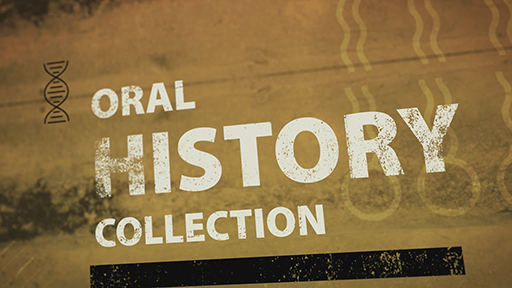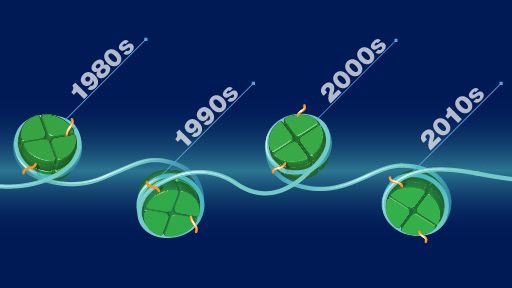The institute published an initial set of seven oral histories on its YouTube channel, including interviews with Maynard Olson, Ph.D., whose work mapping the yeast genome in 1979 helped pave the way for sequencing large segments of the human genome, and Ewan Birney, Ph.D., who developed bioinformatics tools that contributed directly to the Human Genome Project and the Encyclopedia of DNA Elements.
NHGRI plans to release approximately 25 videos over the next year and additional videos in the future. In each oral history, influential scientists offer extensive insight into science and medicine, as well as biographical details and commentary on the inner workings of NHGRI and its foundational initiatives that have transformed the way people think about the human genome.
"Our growing oral history collection captures the first-hand accounts of endeavors that have shaped the field of genomics and provides valuable insights into the modern history of an increasingly relevant science," said Eric Green, M.D., Ph.D., director of NHGRI. "This initiative ensures that the knowledge is archived and recoverable, so it can be used and studied by future generations."
Developed by NHGRI's History of Genomics Program, the oral history collection is intended to be a practical resource for researchers and scholars studying the history of genomics. Since the Human Genome Project, NHGRI has made it a priority to enable the scientific and other communities by providing freely available genomic tools and resources that are critical to a better understanding of health and disease.

"The collection can be used by scholars as a first step in researching a scientist's life and work, and the role they played in major undertakings in this field's history," said Christopher Donohue, Ph.D., NHGRI's historian who is leading the development of the oral history collection. "But they can also serve other purposes, such as being as a source of inspiration for early career scientists interested in genomics research."
For example, the oral history of NHGRI's Charles Rotimi, Ph.D., director for the Center for Research on Genomics and Global Health, includes a discussion of his winding career path, which highlights how there is no one right path toward scientific research as a profession. He also shares how his research about the role of variability of genetic factors within individuals and populations can lead to differences in disease susceptibility and variable drug response. This work can inform how medical professionals understand race's impact on health.
The oral histories also feature a panel interview with the institute's three directors to date: James Watson, Ph.D. (1988-1992), who received the Nobel Prize for his work in identifying DNA's double-helical structure; Francis Collins, M.D., Ph.D. (1993-2008), now the director of the National Institutes of Health; and Eric Green, M.D., Ph.D., who has led the institute since 2009. Interviewed by Robert Cook-Deegan, M.D., professor at the School for the Future of Innovation in Society at Arizona State University, the directors trace the history of the institute and pivotal events in the field of genomics, including the start of the Human Genome Project in 1990, the complete sequencing of the human genome in 2003, and the launch of the NHGRI-Smithsonian exhibition, Genome: Unlocking Life's Code, in 2013.
Future releases of oral history videos will include discussions with Mark Guyer, Ph.D., who from 2002 to 2010 served as the director of NHGRI's Division of Extramural Research and as deputy director of the institute from 2011 to 2014; Elke Jordan, Ph.D., who served as deputy director of the institute from 1989 to 2002 and who was instrumental in the launch and coordination of the Human Genome Project; and Jane Peterson, Ph.D., who until her retirement coordinated the efforts of NHGRI's genome sequencing centers.
The oral history videos released today on the NHGRI YouTube Channel include:
David Bentley, Ph.D.
Ewan Birney, Ph.D.
Maynard Olson, Ph.D.
Charles Rotimi, Ph.D.
Director's Panel, Part 1
Director's Panel, Part 2




